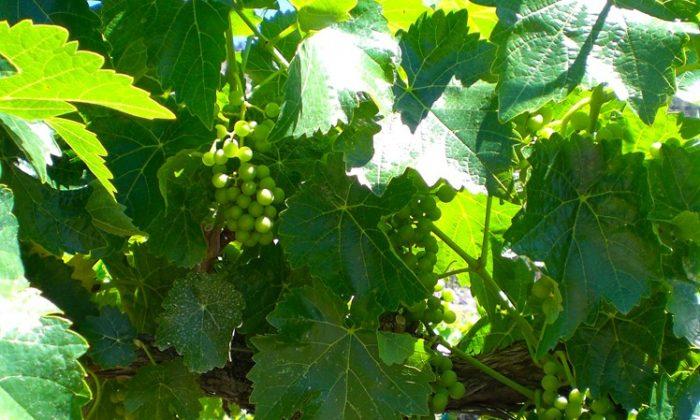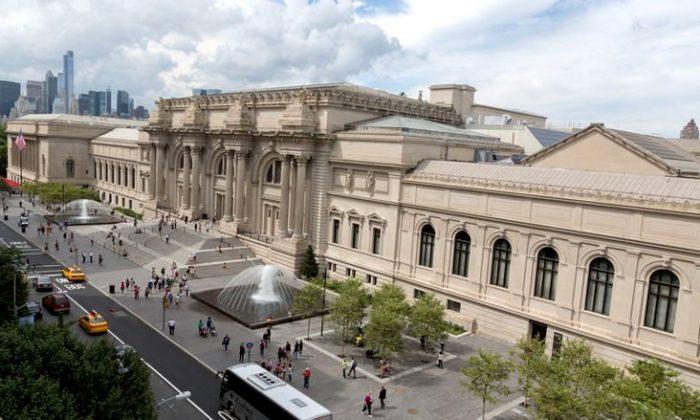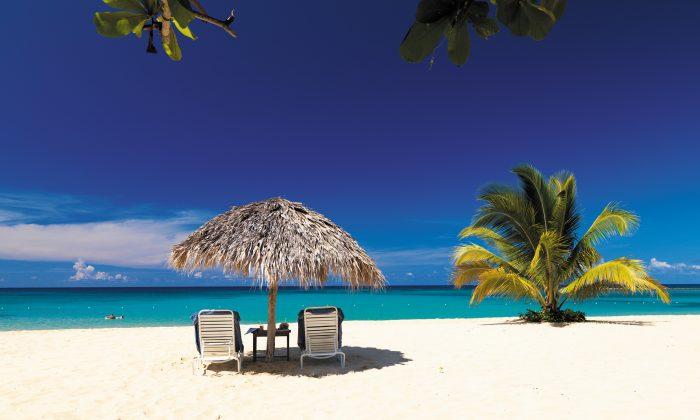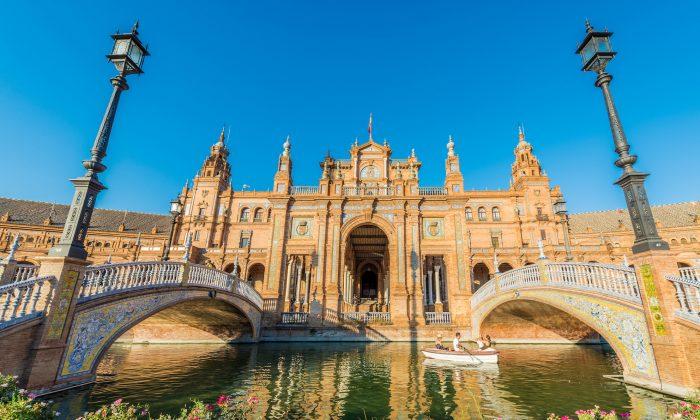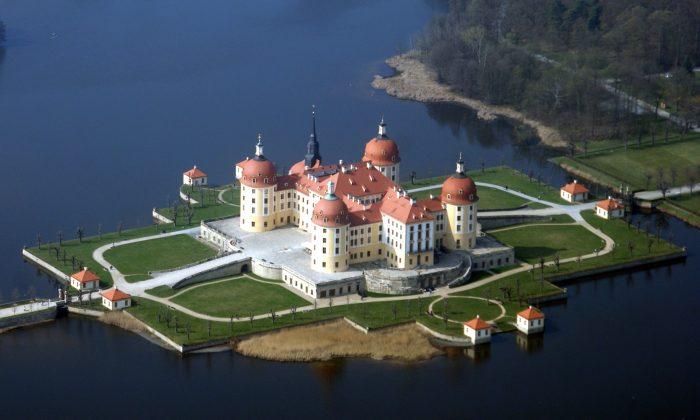Vancouver might get all the attention in British Columbia, being the capital city and having hosted the 2012 Winter Olympics. But for lovers of year-round sports like swimming and skiing, take a look inward and you'll also find some of the province’s finest wines and vineyards.
There is so much new growth here and so many new vineyards that the region is referred to as the “Napa Valley of the North.” Some vineyards in this region of British Columbia actually border Washington state, which is one of America’s fastest-growing wine regions.
Due in part to the location of the Okanagan Valley and its very large lake, the weather offers an incomparable zone for growing grapes.
Part desert and part alpine, the area is fast developing into a first-class destination for lovers of sports and wine. In the summer, dozens of incredible golf courses, miles of hiking trails, and lake activities, along with 100 wineries located in this valley, make this a desirable destination for multiple activities.
Microclimates dot the valley and range from hot, sandy, desert soils found in the southern valley to richer topsoil and clay found in the north end.
In recent years, the wineries here have stepped up their production of vinifera, focusing on grapes native to the Mediterranean and central Europe, and raising the bar on the region’s award-winning estate wines.
Fruits, especially grapes, grow very well in Okanagan Valley, making it British Columbia’s oldest and main grape-growing region.
Classic Varieties
On the same latitude as French and northern German vineyards, it’s no surprise that the main grape varieties tend to be the classics: Chardonnay, Merlot, Cabernet Sauvignon, Pinot Gris, and Pinot Noir grow in the south; Pinot Blanc, Pinot Noir, Pinot Gris, Riesling, and Gewürztraminer grow in the north.
Winemakers here come from all over the world and often pay homage to the wine styles of their homelands. Ice wine—a very sweet after-dinner wine popular in Germany and France made from grapes left to freeze on the vine—is also produced here.
Grape varieties including Syrah, Merlot, Pinot Noir, Cabernet Sauvignon, Cabernet Franc, Petit Verdot, Chardonnay, Pinot Blanc, Pinot Gris, Sauvignon Blanc, Vidal, and Riesling are all grown on the five vineyard holdings that Mission Hill owns. These varietals also comprise the wine portfolio at the winery.
On Mission Hill
In relatively short time, Mission Hill Winery has helped put the Canadian wine and tourism industries on the map. Similar to Robert Mondavi, a leader in California vineyard operations, proprietor Anthony von Mandl’s vision was to make the area he now calls home “the Napa of the North.”
The elegant yet sprawling winery is designed to resemble a monastery and comprises 120,000 square feet. It rises above the lake and valley, includes caves, an education center, test kitchen for cooking classes, gift boutique, bell tower, rooms decorated with Chagall and Leger tapestries, an outdoor concert area, and the Terrace restaurant.
Tom Kundig is the lead architect on the property, and his architectural elements provide the perfect foil to the natural scenery and panoramic views.
One of the most arresting views is the one visitors see when they arrive at the winery. The entrance is a long and narrow driveway lined with trees opening out to a rose garden near the parking area, and views of the lake.
When entering the main “campus” of the winery, you see the elegant Loggia and dining terrace. There is a sunken amphitheatre where concerts take place, and the 12-story bell tower is the focal point of the courtyard; it is rendered in a simple unornamented style, and seems to hover in the distance.
Besides chiming the hour, the bell tower also houses four Paccard bronze bells from France. These bells were forged in the same foundry—dating from 1796—where the bells for St. Patrick’s Cathedral in New York and Sacré Coeur in Paris, were cast.
Noteworthy are the spacious caves called barrel cellars, which are blasted through volcanic rock, with enough space to hold 800 barrels. There is a single source of light coming from an oculus that sits above ground.
Russian-born artist Marc Chagall’s unique tapestry called “Animal Tales” adorns one wall of the Chagall Room—as it’s referred to—distinguishes the Wine Education Center. Behind the double doors, one enters the teaching kitchen, which is modeled after the one at the Napa Valley Culinary Institute (CIA).
Continued on next page... Wine with Food
Wine With Food
The culinary experience, according to von Mandl, begins and ends with wine. All of the food served at Mission Hill plays a significant role in the overall enjoyment of the meal and Executive Winery Chef Matthew Batey sets out to marry the best of local produce and ingredients to complement the wines.
Recent event, “Summer in Whites Dinner”—which took place in the stunning outdoor Loggia gallery—featured all white wines (2008 Select lot collection Sauvignon Blanc; 2009 Perpetua; 2011 Reserve Vidal Ice wine) that were served with farm-fresh vegetables and fish.
Words of caution to bread lovers: Baguettes served at the restaurant are made from scratch in the winery kitchen and are beyond delicious; crusty on the outside and moist on the inside.
Fish caught from the lake, or coming a few hours away from Vancouver, are in abundance at Mission Hill’s Terrace restaurant and are the perfect foil for summer white wines like Sauvignon Blanc and Riesling.
Some of the other dishes on the menu are Croquettes of Happy Days Chevre, Seared Icy Water Arctic Char, fresh oysters, Dungeness crab. Heartier fare for more robust wines includes Fried Veal Cheeks, Beef Tartare, Torchon of Foie Gras, and Braised Alberta Elk Shank.
Local Microfarms
There are also easily accessible visits to nearby organic microfarms that are owned by passionate farmers who are intent on perfecting farm-to-table greens and other ingredients.
Among these micro-farmsteads is Green City Acres. It’s a farm operating on six different urban plots, in some cases on rented plots of land. It’s a discovery of its own, not to be underscored by the level of taste that is coaxed out of vegetables scarcely an hour out of the ground.
Farm-to-table is a newer culinary term taking hold in many restaurants as chefs turn to local purveyors for local cooking ingredients.
In Europe, it’s a commonly used source for getting cooking ingredients, where local farmers deal directly with chefs instead of distributing through a central warehouse.
At Mission Hill, the simplicity of the cooking pairs well with the different grape varietals used in the wines.
The Area
Picture postcard perfection, Okanagan Lake is 1,000 feet deep, and surrounded by sloping terraced vineyards as well as lakeside towns that cater to 300,000 year-round residents and an even larger influx of summer tourists. The lake also boasts its own giant “sea monster” called Ogopogo (that’s never been seen).
There is even a lakeside town called Peachland, which is famous for, you guessed it, peaches.
With all the diversions offered in the region, paired with the drinking and eating, Okanagan is worth a detour.
Isabelle Kellogg is a writer and public relations consultant in the luxury sector, with a passion for diamonds, jewelry, watches, and other luxury products, including travel. Contact her at [email protected]
The Epoch Times publishes in 35 countries and in 19 languages. Subscribe to our e-newsletter.

